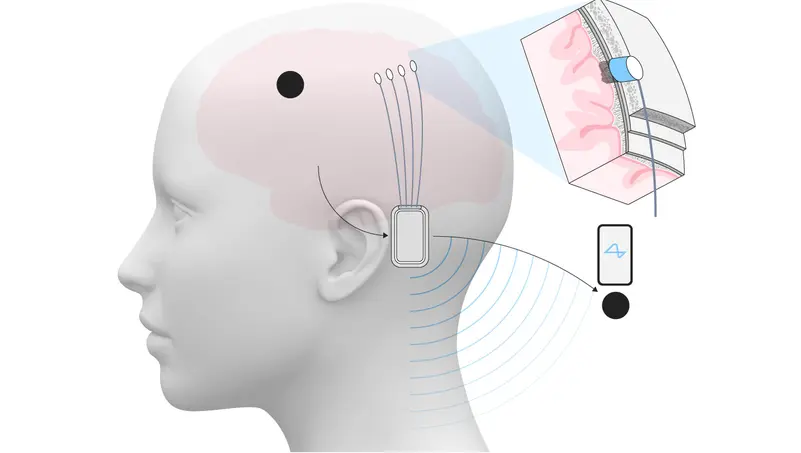Elon Musk’s Neuralink: Revolutionizing Human Capability with Brain-Computer Interface Technology
Elon Musk’s Neuralink has embarked on its first human brain chip implant trial. This innovative venture, initiated in 2016, promises to transform the lives of individuals with severe disabilities, enabling movement and communication previously thought impossible.

Elon Musk (Reuters)
Musk, the visionary behind Tesla, SpaceX, and social media platform X, has long been at the forefront of technological innovation. With Neuralink’s human trials now underway, after years of controversial animal testing, the potential applications of this brain-computer interface technology are closer to reality.
Neuralink Mapping Technology
Neuralink’s advanced mind-mapping technology represents a significant advancement in implant placement, incorporating multi-scanning capabilities.
MRI and CT scans collaborate to generate a detailed map of the cranial structure. On the other hand,… pic.twitter.com/509lVfjw69
— Visionaledge (@Visionaledge) February 3, 2024
Here are the key ways Neuralink’s brain chip could change millions of lives, as reported by The Telegraph:
- Device and Computer Control: Targeting individuals with quadriplegia, Neuralink’s first product, named “Telepathy,” will allow users to control their phones, computers, and nearly any device, simply by thinking.
- Vision Restoration for the Blind: Named “BlindSight,” this technology aims to provide direct visual perception to the brain for those with visual impairments, creating a mental image of the world in front of them.
- Mobility for the Disabled: Musk has predicted that Neuralink could fully restore bodily functions for individuals with spinal cord injuries, a claim yet to be proven but supported by other scientific breakthroughs.
- Epilepsy Prevention: The brain implant could potentially control epilepsy seizures by predicting abnormal neural signals and counteracting them with electrical pulses.
- Gaming with the Mind: Demonstrated with a monkey playing a video game through thought, this application hints at new forms of entertainment and interaction.
- Enhanced Human Memory: Though speculative, Musk believes the chip could store and replay memories, a claim met with skepticism by some experts.
- Thought-Based Communication: Musk envisions a future where humans could communicate through thoughts alone, eliminating the need for speech.
- Coexistence with Artificial Intelligence (AI): Perhaps Musk’s most ambitious claim is that the brain chip could merge human consciousness with AI, enhancing cognitive capabilities to superhuman levels.

While these applications offer a glimpse into a future where technology and biology converge, Musk acknowledges that such advancements may take five to ten years to materialize. The primary goal remains to aid those with severe disabilities, a more immediate and widely accepted objective.

